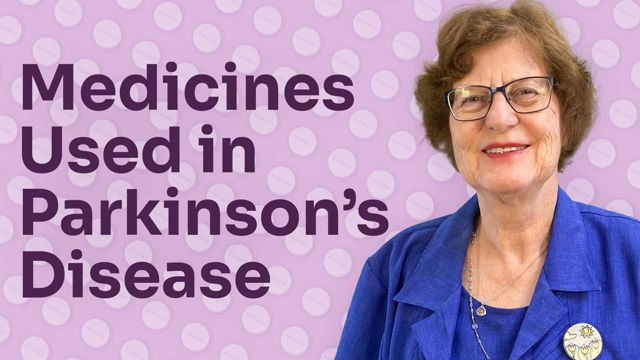Obstetric Emergencies


Obstetric emergencies pose significant risks during childbirth, requiring prompt recognition and intervention to protect maternal and neonatal health. Optimal outcomes depend on the early identification of complications and timely medical responses.
This Ausmed Course is intended for midwives, maternal and child health nurses, registered nurses, paramedics and other healthcare professionals across various healthcare settings seeking to enhance their knowledge in understanding, recognising and managing critical obstetric emergencies.
Content
What you'll learn:
Discuss the importance of timely recognition and intervention in obstetric emergencies to enhance maternal and neonatal outcomes.
Analyse the risk factors, clinical presentations and pathophysiological mechanisms associated with major obstetric emergencies.
Evaluate the management strategies, interventions and best practices for handling various obstetric emergencies.
Explain the differences and significance between the recognition, risk factors, pathophysiology and management strategies of different obstetric emergencies.
Who it's for:
Why it's needed:
In 2021, the maternal mortality rate in Australia was 5.8 deaths per 100,000 women giving birth, resulting in 18 maternal deaths. Whilst this statistic is relatively low, women experiencing obstetric emergencies or high-risk deliveries are at risk of life-threatening complications that require prompt recognition and management.
Optimal maternal and neonatal care and outcomes depend on early recognition of signs and symptoms and immediate interventions to prevent devastating effects. However, where healthcare professionals often fail to consistently adhere to well-established, evidence-based standards of obstetric care in these critical situations.
Many healthcare providers lack specialised training or expertise to immediately identify early warning signs, initiate appropriate interventions, and effectively collaborate within the interprofessional team to ensure optimal maternal and fetal outcomes. This gap can lead to delayed responses, suboptimal management and adverse consequences for mothers and newborns.
Therefore, education that aims to equip clinicians with the knowledge necessary to identify and respond promptly to obstetric emergencies is essential to improving maternal and neonatal outcomes and advancing the overall quality of obstetric care.
Purpose:
Topics
Assign mandatory training and keep all your records in-one-place.
Find out more
Recommended resources









 Free
Free New
New